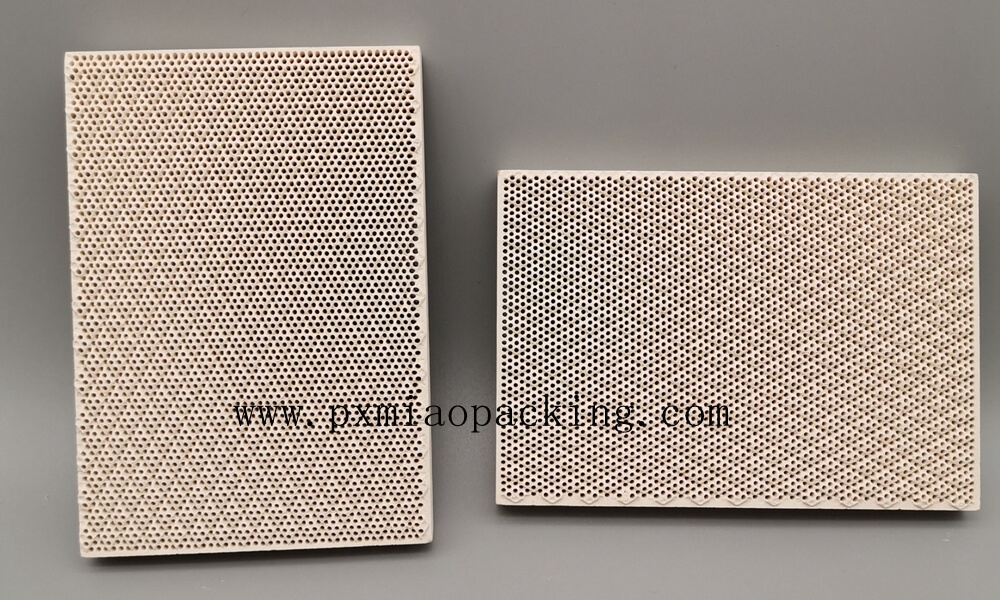Infrared technology has been steadily making inroads into various industries, particularly the home appliances sector, and at the forefront of this advancement lies the incorporation of infrared ceramic burners in gas stoves.
Infrared ceramic burners, specifically made from cordierite material, are high-temperature resistant up to 1050°C. This type of ceramic burner directly interacts with the flame, wherein the gas ignites beneath the ceramic plate. When heated, it turns red and achieves a steady temperature without any visible flame on its surface, thereby providing an efficient and safer cooking environment.

One of the primary reasons gas stoves employ infrared ceramic burners is energy efficiency. The high heat resistance of cordierite enables these burners to absorb and retain a substantial amount of heat, making them highly energy efficient. It reduces the amount of gas required for cooking, translating into substantial energy savings for households.
Environmental protection is another significant factor. As these ceramic burners don’t produce a visible flame, they significantly reduce the emission of harmful gases, such as carbon monoxide and nitrogen dioxide, contributing to a greener and healthier cooking environment. Furthermore, because the heat is distributed evenly across the burner’s surface, it prevents uneven heating and reduces the possibility of food getting charred or overcooked, thus enhancing food quality.
Infrared ceramic burners also bring the benefit of improved temperature control. They achieve high temperatures rapidly and maintain them stably, thus providing an optimum cooking experience. Such control allows for more even cooking and promotes better flavor and texture in the prepared food.
Another appealing feature is their design versatility. The burners come in two primary shapes – square and round, each serving different functions. While the square ones are generally used in home heaters and barbecues, the round ones are widely employed in gas stoves. This flexibility allows them to be adapted to various uses, increasing their demand in the market.
It’s crucial to distinguish infrared ceramic burners from the ceramic panels found on the stove surface. The latter are smooth and primarily serve as a platform for placing cooking pots and pans, and their primary function is to facilitate easy cleaning by preventing oil absorption. In contrast, infrared ceramic burners are located within the stove’s heart, featuring a rough surface with a pattern and multiple small holes, allowing for optimal combustion.
The application of infrared ceramic burners in gas stoves offers several benefits, including energy efficiency, environmental protection, better temperature control, and design versatility. As technology continues to evolve, it’s expected that such innovations will continue to refine our cooking experiences and reshape the home appliances industry.



